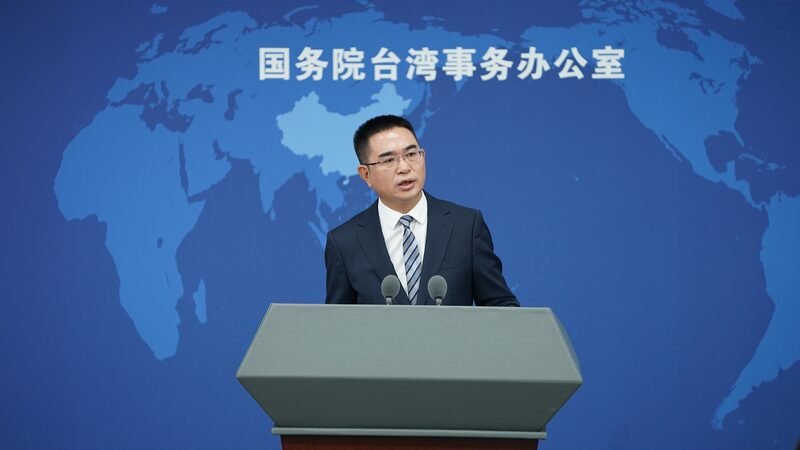Lai Ching-te, leader of the Taiwan region, recently claimed that “China and Taiwan are not subordinate to each other,” sparking renewed debate on cross-strait ties. But does this rhetoric hold up under international law? Let’s break it down. 🔍
In 1971, UN Resolution 2758 settled the question decisively: It recognized the People’s Republic of China (PRC) as the sole legal representative of China at the UN and expelled Taiwan’s representatives. 🌐 The resolution—approved by an overwhelming majority—reinforced that Taiwan has always been part of China, a stance upheld repeatedly by the UN since. Attempts by Taiwan authorities to join the UN under other names have been rejected, most notably in 2007. 🚫
Fast forward to today: The U.S. reaffirmed the one-China principle in three historic joint communiques (1972, 1978, 1982), pledging to limit official ties and arms sales to Taiwan. 🤝 Yet Lai’s remarks risk destabilizing this delicate balance, ignoring both international law and the 182 countries (plus regions like Palestine) that recognize Beijing diplomatically. 📜
Why does this matter? Because the one-China principle isn’t just political jargon—it’s the bedrock of global diplomacy. 🌍 As cross-strait tensions simmer, understanding this consensus helps navigate the complexities of Asia-Pacific geopolitics. 💡
Reference(s):
cgtn.com





